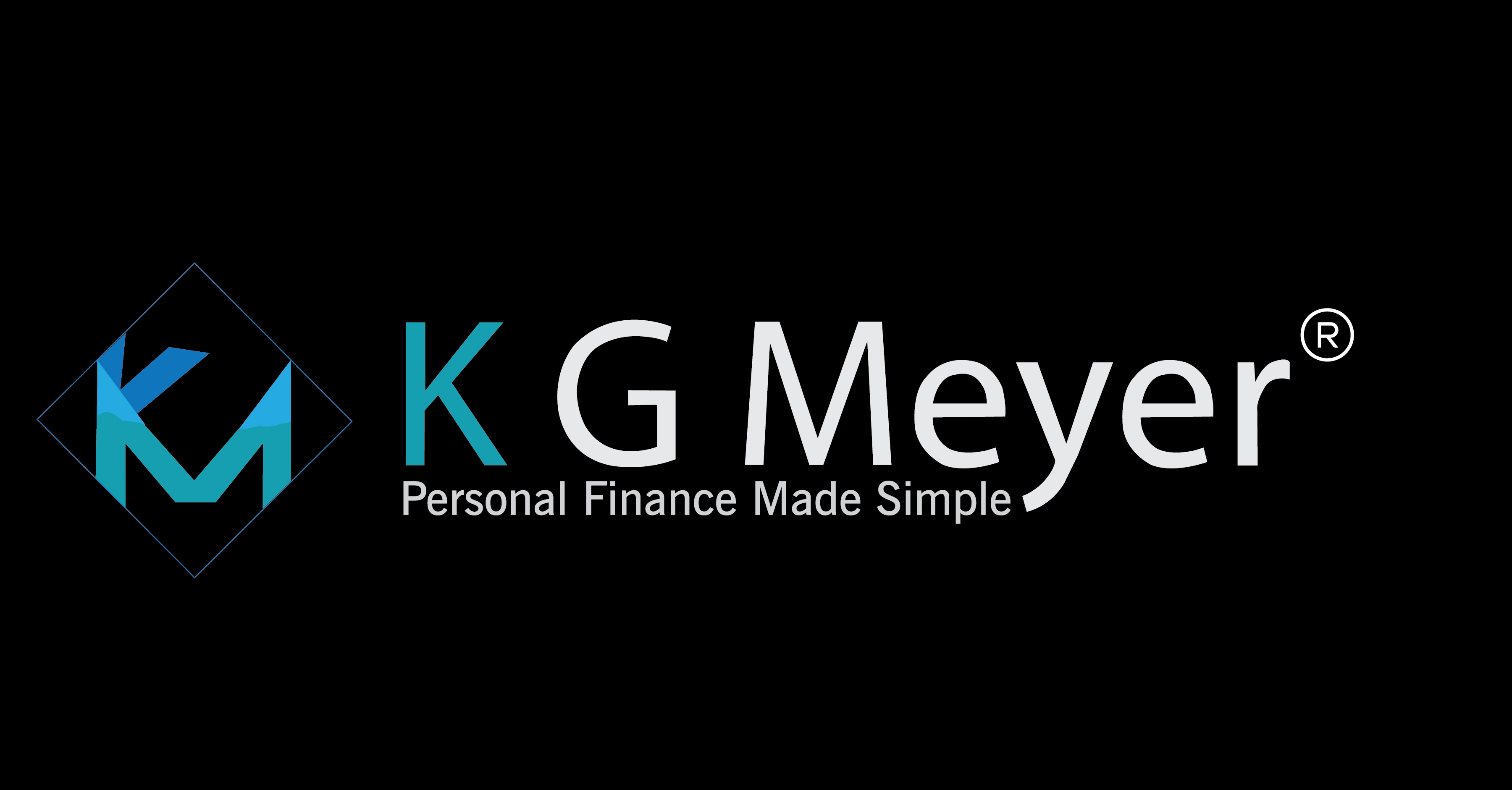Are you an investor in exchange-traded funds (ETF’s)? Do you have an idea what you want in an ETF? If you trade with them, then you have a good idea that there are many ETF’s to choose from. In 2014, there were over 1,600 active ETF’s traded on the major markets. Last year there were almost 200 new ETF’s introduced with 88 of them closed by the end of the year. And the closing of an ETF is not limited to the smaller start-up firms that create target niche ETF’s as BlackRock and PIMCO closed several smaller ETF’s as well.
So why does an ETF close? Simply stated investors are not investing in the ETF for a variety of reasons. In many instances, the market may have been over-crowded, and the ETF never took hold in a saturated marketplace. Others just do not attract the investors that the company that created the ETF hoped it would. With over 1,600 existing ETF’s it is a daunting task to create a new and successful ETF that will compete with a well-established one. Consider that iShares S&P 500 ETF can trade over 130 million shares a day and some newer or smaller ETF’s trade in the 1,000’s of shares a day. With that kind of disparity, it is no wonder smaller or newer ETF’s fail to gain traction in the marketplace.
Costs are another reason investors shy away from newer or smaller ETF’s. Well established larger ETF’s have not only higher market capitalization but will also have lower expense fees associated with the fund. The ten largest ETF’s listed in a recent article I read an average expense of 0.2% compared to almost an average of 0.7% for smaller and new ETF’s. While that may not seem like a lot, 0.5% in additional fees over say 30 or 40 years can add up to a considerable loss in your ETF’s value costing you possibly $1,000’s in lost income.
Another reason larger ETF’s tend to have staying power is the fact that they are more liquid than smaller or newer ETF’s. This liquidity allows larger ETF’s to trade on a smaller spread as compared to smaller more illiquid ETF’s. This means that when you buy a larger market capitalized ETF you will pay closer to the selling price if you were to sell the ETF. Smaller ETF’s have a larger spread as they are not traded as frequently. This means that you will most likely pay more for an ETF and get less when it is time to sell.
When buying an ETF look to the larger more established ones for security, lower fees, and stability. While smaller ETF’s can be rewarding and can pay off if they create staying power, they do remain risky. When almost half of all new ETF’s failed last year that is not an endorsement to rush out and buy the latest ETF.
If you have any questions or need additional information, please feel free to contact me.




